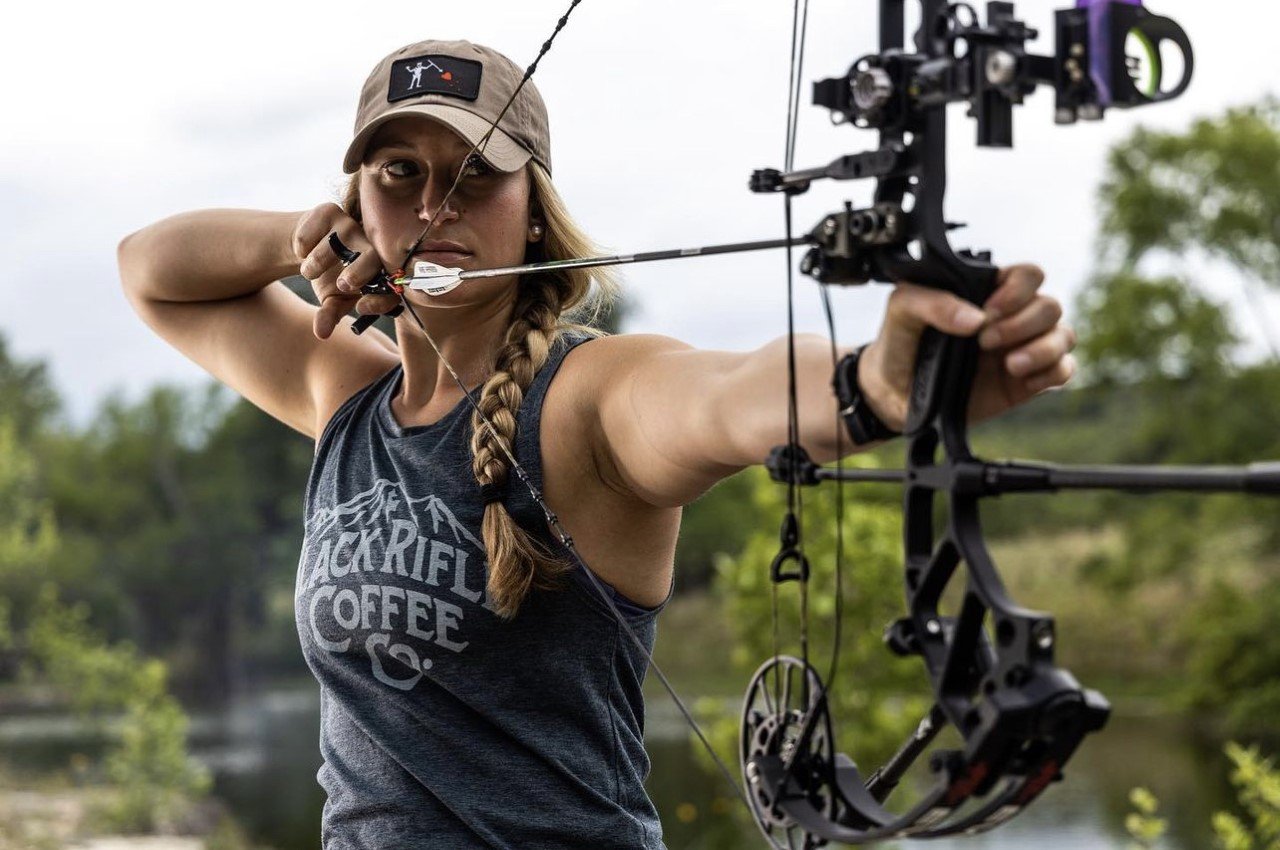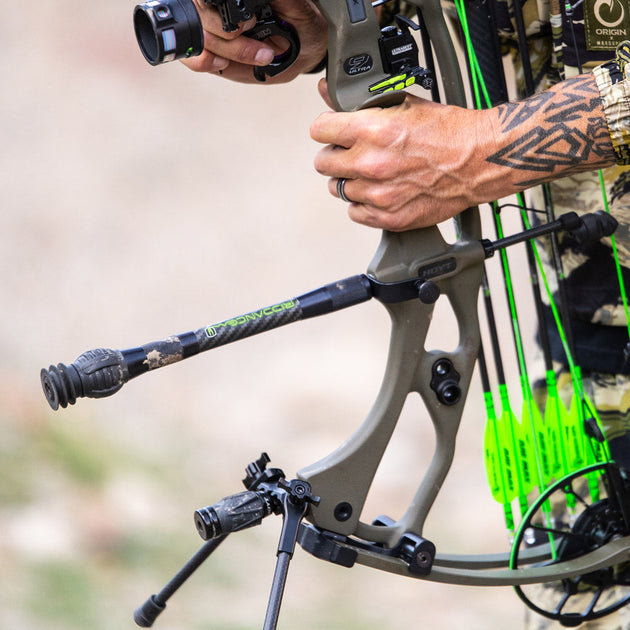Optimize Your Archery Efficiency With the Perfect Stabilizer: a Comprehensive Buyer's Overview
In this extensive buyer's overview, we will discover the different kinds of stabilizers, essential factors to take into consideration, the value of appropriate length and weight, selecting the best damping system, and upkeep tips. Whether you're a seasoned archer or simply starting out, this overview will certainly help you browse the world of stabilizers and optimize your archery efficiency.
Kinds Of Stabilizers
There are 3 main sorts of stabilizers typically made use of in archery efficiency. These stabilizers play an important duty in enhancing precision and lowering bow torque. The very first kind is the lengthy rod stabilizer. Lengthy pole stabilizers are usually affixed to the front of the bow and extend in an outward direction. They give equilibrium and stability during the shot, decreasing any unnecessary activity. Lengthy rod stabilizers are particularly effective in minimizing bow torque, permitting for a more constant and consistent release.
The second type of stabilizer is the side pole stabilizer. Side pole stabilizers are affixed to the side of the bow and aid counterbalance any kind of side motions.
The 3rd kind of stabilizer is the V-bar stabilizer. V-bar stabilizers are usually utilized together with side rod stabilizers to even more boost security. They affix to the side and the bow poles, creating a triangular setup that distributes weight evenly. This arrangement helps in reducing oscillations and vibrations, resulting in a smoother and extra regulated shot.
When choosing the right tools to enhance archery performance,Understanding the various kinds of stabilizers is essential. Each stabilizer kind offers a particular purpose, and picking the proper combination can significantly boost precision and consistency on the array or in the field.
Trick Aspects to Take Into Consideration

Most importantly, it is important to consider the length and weight of the stabilizer. Longer stabilizers supply raised stability and balance, while much shorter ones offer even more maneuverability. The weight of the stabilizer influences the total balance of the bow, and it is very important to discover a stabilizer that matches the weight of your bow.
Another important factor to think about is the material of the stabilizer. Stabilizers are generally made from aluminum, carbon, or a combination of both. Aluminum stabilizers are durable and offer outstanding resonance wetting, while carbon stabilizers are light-weight and deal superior resonance absorption.
Furthermore, it is very important to review the design and adjustability of the stabilizer. Some stabilizers include adjustable weights and dampeners, permitting you to personalize the equilibrium and vibration control. Additionally, thinking about the mounting choices and compatibility with your bow is necessary to make sure a safe and proper fit.
Finally, budget plan is a significant element to take into consideration. Stabilizers are available in a series of rates, and it is vital to discover one that fits within your spending plan while still fulfilling your performance demands.
Importance of Appropriate Size and Weight

Correct size and weight are crucial elements that substantially influence the efficiency of an archery stabilizer. The size of the stabilizer identifies its performance in lowering bow torque and resonances. archery stabilizer. Longer stabilizers give better security and equilibrium, leading to enhanced precision and consistency in arrow flight. On the other hand, much try this site shorter stabilizers are a lot more maneuverable and provide much better control during fast target acquisition. It is crucial to take into consideration the shooting design, target distance, and personal choice when picking the size of a stabilizer.
Similarly, the weight of the stabilizer plays an essential role in achieving optimal efficiency. A heavier stabilizer soaks up extra resonance and minimizes bow motion during the shot, resulting in a steadier aim and tighter groups. A stabilizer that is as well hefty can trigger tiredness and impact the shooter's ability to hold constant. It is essential to strike an equilibrium in between weight and ability to move to promote comfortable shooting and maintain uniformity.
Furthermore, the size and weight of the stabilizer ought to work with the archer's physical strength and shooting strategy. By selecting the best size and weight, archers can maximize their stability, minimize bow torque, boost precision, and enhance overall efficiency. It is advised to speak with knowledgeable archers or professionals to make sure the most effective match in between the stabilizer and individual shooting needs.
Picking the Right Damping System
The selection of a proper damping system is important in maximizing the performance of an archery stabilizer. A damping system is created to reduce the resonances and sound generated when an arrowhead is launched, supplying the archer with an extra secure and exact shot. There are several elements to think about when choosing the ideal damping system for your stabilizer.
To start with, it is very important to take into consideration the kind of material utilized in the damping system. Rubber and rubber-like materials are typically utilized as a result of their ability to absorb resonance properly. These products are lightweight and also sturdy, making them perfect for archery stabilizers.
Secondly, the layout of the damping system needs to be taken right into account (archery stabilizer). Search for a system that provides multiple contact factors with the stabilizer, as this will certainly disperse the vibrations more equally and additionally improve the stabilizer's efficiency
Additionally, consider the adjustability of the damping system. Being able to fine-tune the level of damping can be beneficial, as various archers might have varying preferences and shooting designs.
Finally, it is very important to guarantee that the chosen damping system works with your stabilizer. Inspect the specifications and dimensions to make sure an appropriate fit.
Maintenance and Care Tips
To make sure ideal efficiency and durability of your archery stabilizer, it is vital to carry out appropriate maintenance and treatment techniques. Normal maintenance not just avoids damage however additionally assists recognize any type of prospective issues before they come to be major troubles. Among read more the initial steps in preserving your stabilizer is to cleanse it frequently. Use a soft fabric or brush to get rid of dirt, dust, and particles from the stabilizer and its components. Pay unique focus to the weight system, as dirt can collect in the strings and affect its performance. In addition, examine all the components of the stabilizer for any indications of damages or wear, such as cracks or loosened screws. It is vital to address them immediately to protect against more damages if any type of concerns are identified. Lubing the relocating parts of the stabilizer, such as the dampers and weight system, is likewise vital to guarantee smooth procedure. Make use of a high-quality lubricant advised by the manufacturer and adhere to the guidelines provided. Lastly, store your stabilizer in a cool, dry place far from straight sunshine and severe temperature levels to stop warping or other damage. By adhering to these upkeep and treatment ideas, you click now can take full advantage of the performance and durability of your archery stabilizer.
Final Thought
In final thought, selecting the appropriate stabilizer for archery is vital for making best use of efficiency. With the best stabilizer and correct interest to these factors, archers can boost their general archery experience.
The 2nd type of stabilizer is the side pole stabilizer.The third kind of stabilizer is the V-bar stabilizer. V-bar stabilizers are usually used in combination with side rod stabilizers to additionally improve security. The weight of the stabilizer affects the total equilibrium of the bow, and it is essential to locate a stabilizer that matches the weight of your bow.
Light weight aluminum stabilizers are durable and provide outstanding resonance dampening, while carbon stabilizers are light-weight and offer remarkable resonance absorption.